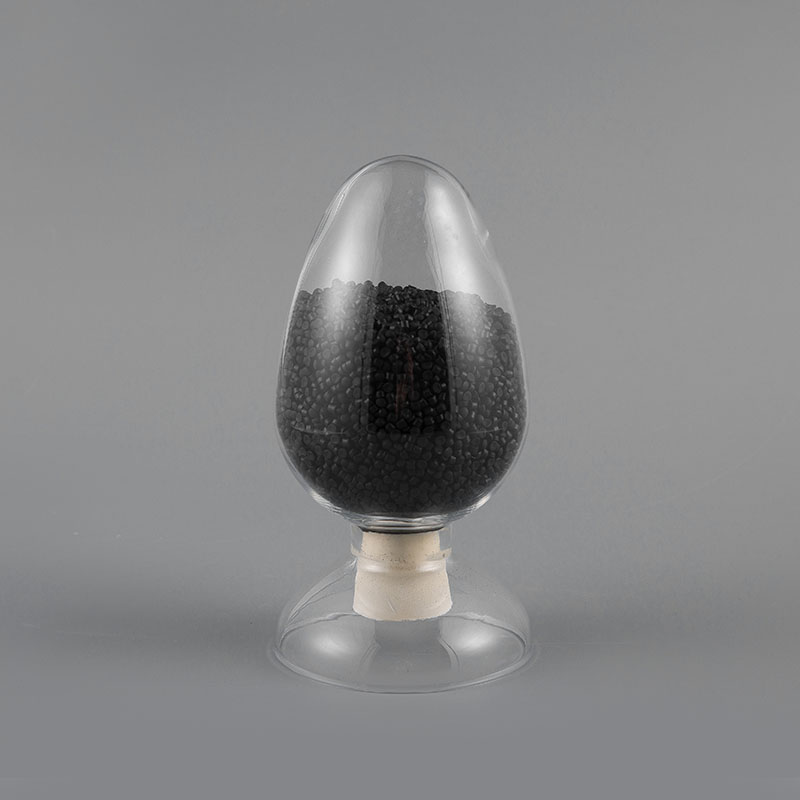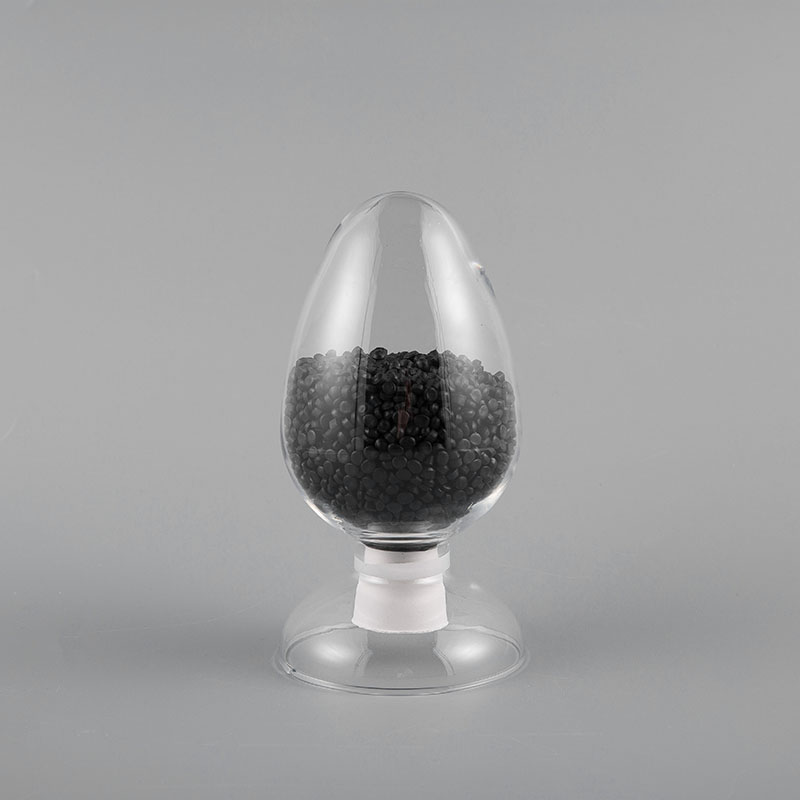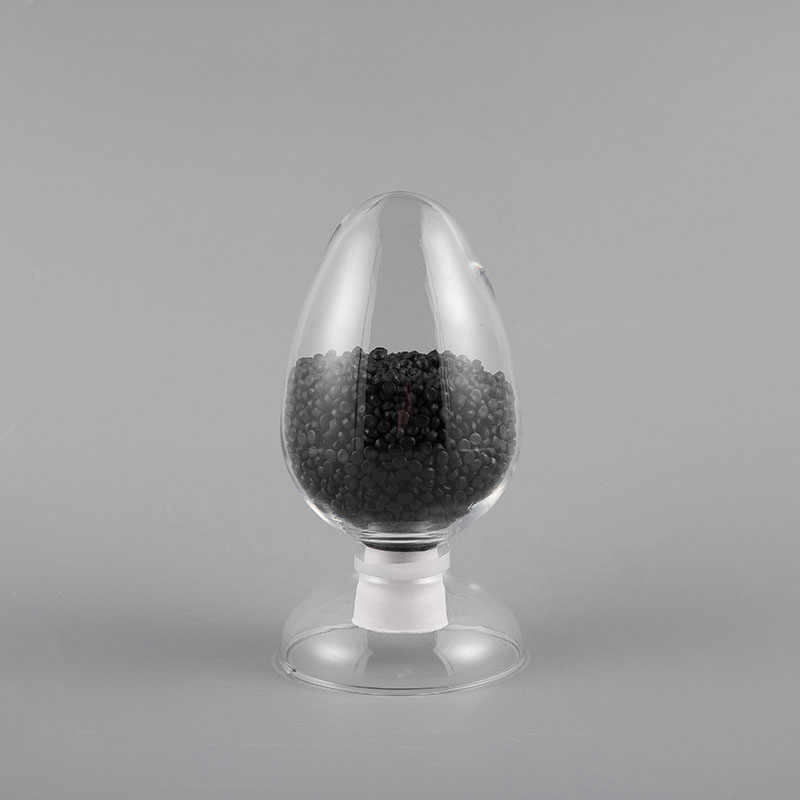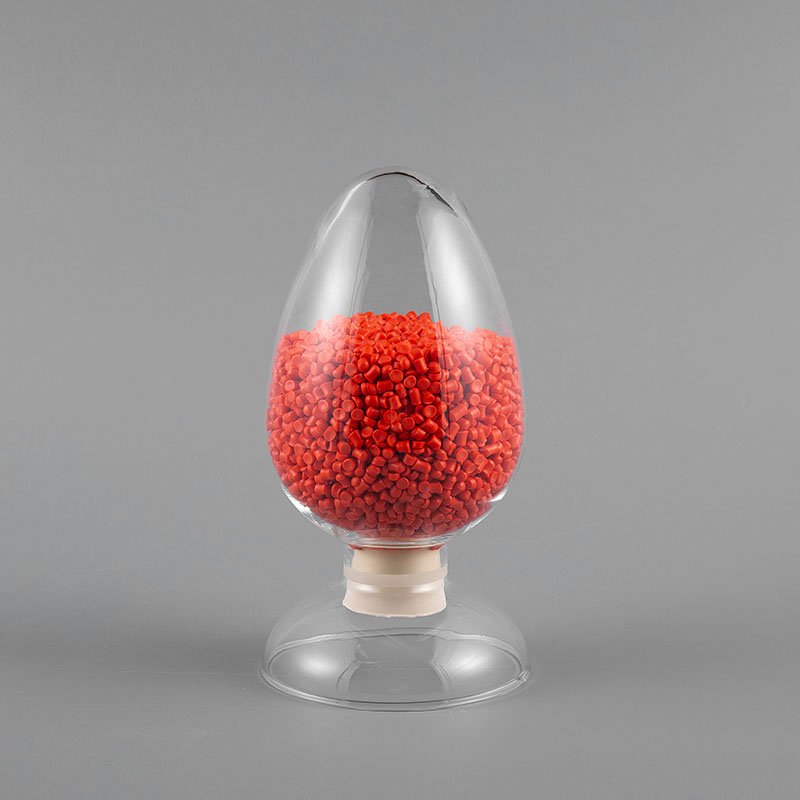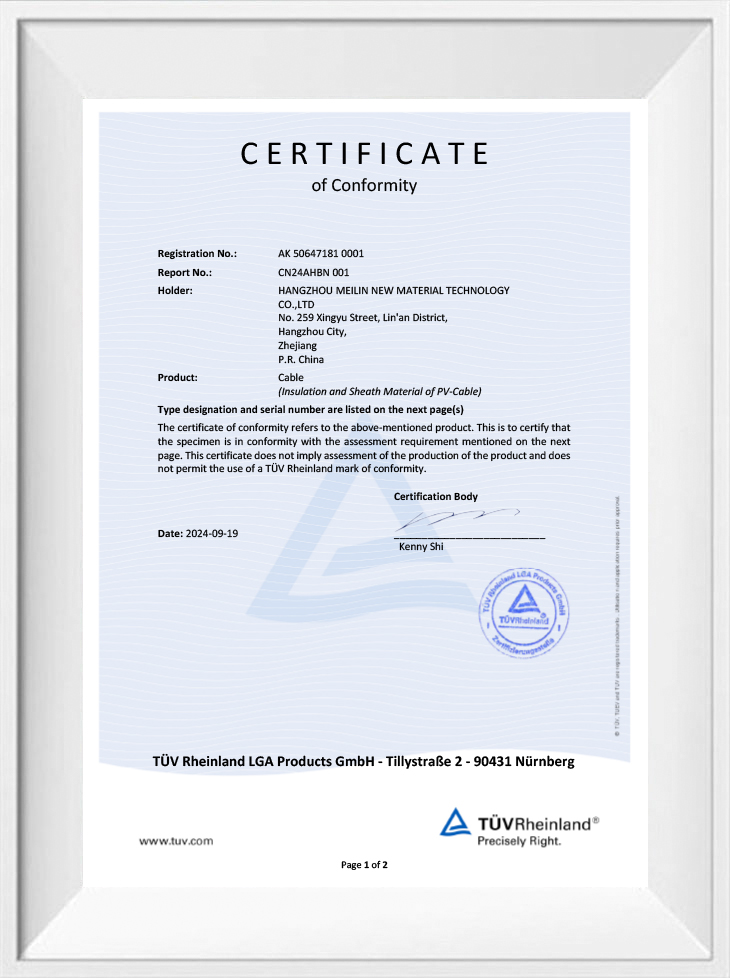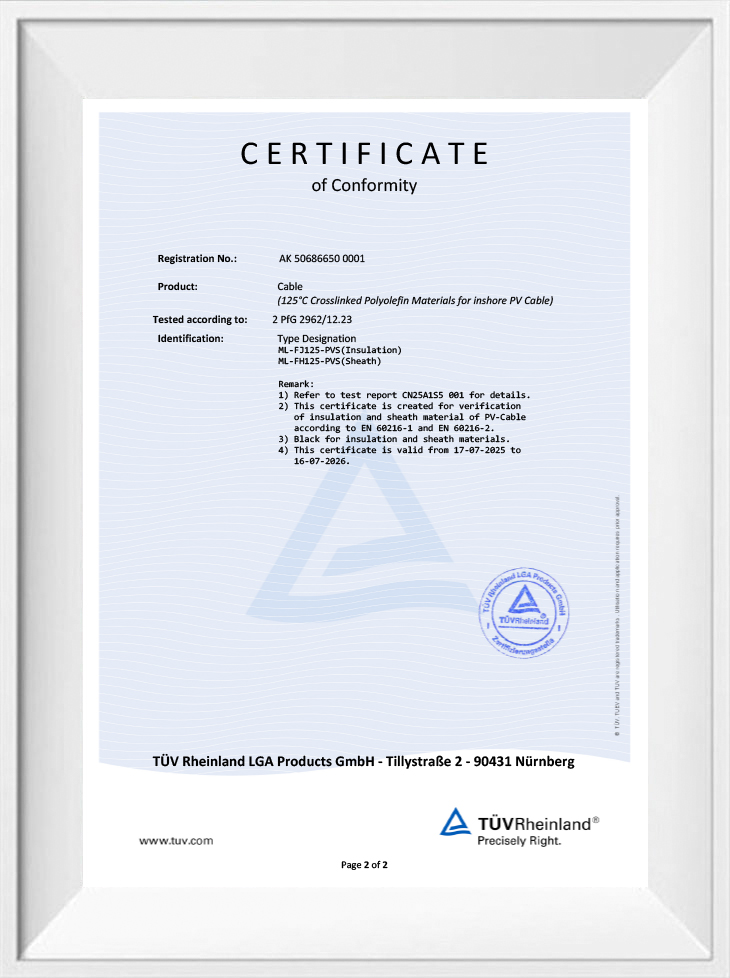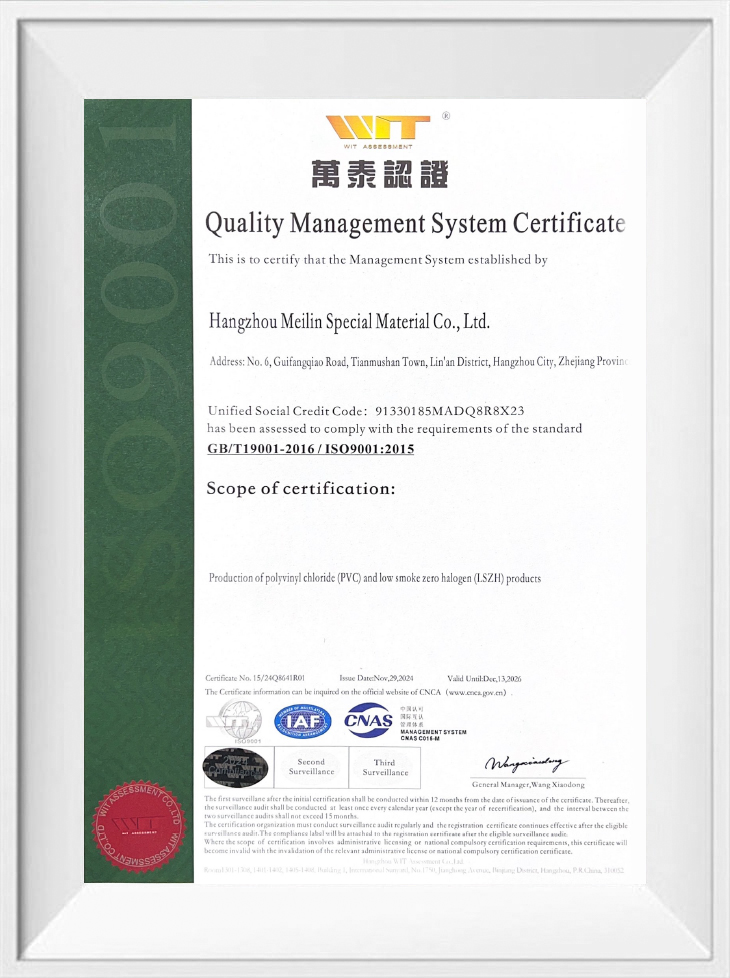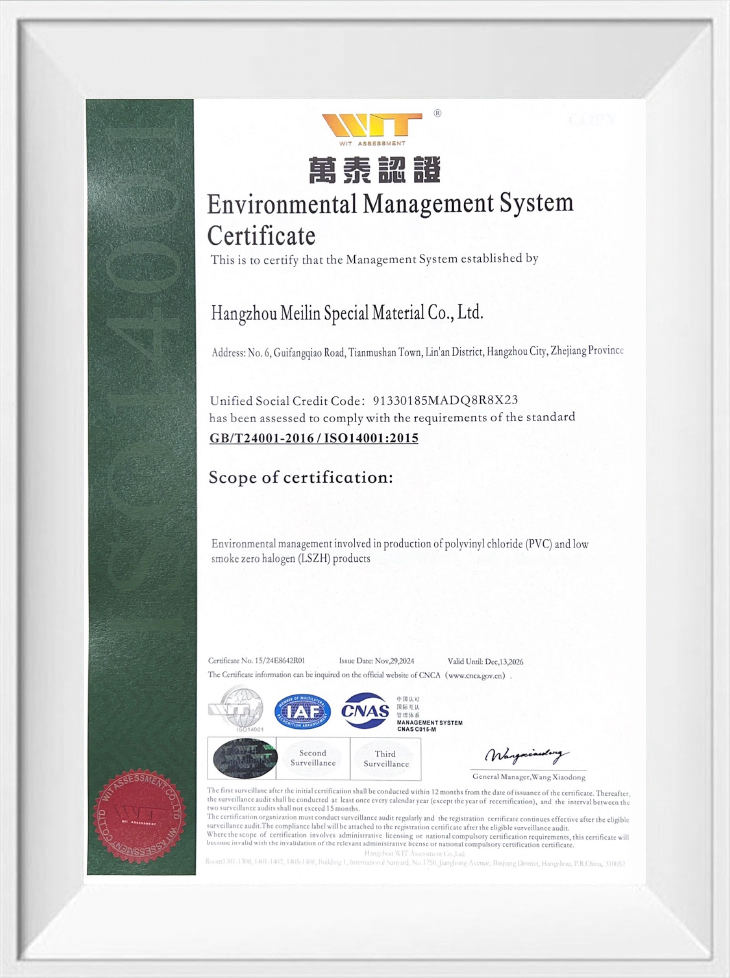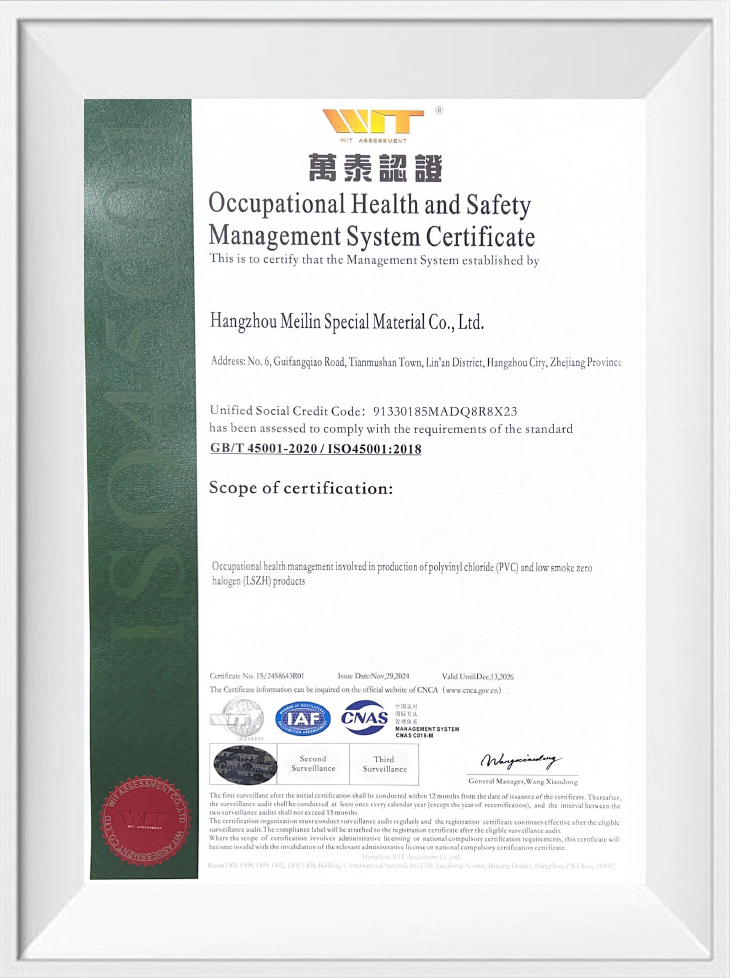V-90 90℃ Australian Standard PVC Insulation Compound is a high-quality cable insulation material, sp...
ABOUT US
30YEARS OF
EXPERIENCE
About Us
Coming From China, Marketing To The World.
Hangzhou Meilin New Material Technology Co., Ltd. is China ODM/OEM International Standard Cable Compound Suppliers and Wholesale International Standard Cable Compound, we were established in July 1994 (formerly known as Zhejiang Lin'an Hongyan Plastic Factory). The company has two factories located at 619 Linglongshan Road and 259 Xingyu Street, Lingqiu Street, Linglong Industrial Park, Lin'an District, Hangzhou City. The registered capital of the company is 75 million yuan, covering an area of over 18000 square meters and a building area of over 30000 square meters. Currently, modern industrial factories and 18 advanced automated production lines have been built. The new factory area will be produced in 2021, making it the cleanest and most beautiful professional cable material manufacturer in the entire region—agreement conditions.
-
admin 12 Nov 2025
2025 Year Latest Edition: Full Analysis of HS Codes for ...
Read MoreIn the rapidly evolving wire and cable materials industry, the designation and compliance of the LSZH compound HS code have become critical for manufacturers, exporters and importers alike. This artic...
-
admin 06 Nov 2025
Understanding LSZH Compounds For Transportation Cables: ...
Read MoreIn today's high‑demand transit infrastructure and mass‑mobility systems, cable safety is a non‑negotiable concern. This article explores how LSZH Compounds For Transportation Cables provide superior p...
-
admin 30 Oct 2025
ZPE Compounds vs Traditional PE Materials: What Makes th...
Read MoreThe evolution of cable insulation materials has reached a significant milestone with the development of ZPE compounds for power cables, representing a substantial advancement over traditional polyethy...
-
admin 24 Oct 2025
Comparing LSZH vs PVC Cable Materials: Which Performs Be...
Read MoreThe debate between LSZH compounds for power cables and traditional PVC materials represents one of the most significant considerations in modern cable specification. As safety regulations tighten and ...
International Standard Cable Compound Industry Knowledge
What are the significant differences in performance between cable composites of different standards?
Cable composites of different standards may have the following significant differences in performance:
Temperature resistance
Cable composite materials of different international standards may have differences in temperature resistance. For example, some standards require cable composites to maintain stable performance in extreme high or low temperatures for specific industrial applications (such as oil and gas, mining, etc.). Some standards may state that materials must be able to withstand temperatures up to 150°C or more, while others may only require the material to be stable between 60°C and 90°C.
Flame retardancy and fire resistance
Different standards have different requirements for the flame retardant performance of cable composite materials. For example, some regional or industry standards require that cables be able to quickly extinguish fire in the event of a fire, or that the release of toxic gases and smoke in a fire be limited to a minimum level. These standards often specify specific performance indicators such as flame propagation speed and smoke density, which influence the selection of composite materials.
Electrical properties
The electrical properties such as insulation performance, conductivity and dielectric constant of cable composite materials may have different requirements under different standards. Some standards may emphasize high insulation performance and low dielectric loss for high-frequency or high-voltage applications, while other standards may emphasize low-cost or material requirements suitable for low-voltage cables.
environmental tolerance
International standards have different requirements for the environmental adaptability of cable composite materials. Some standards require cables to maintain long-term performance stability under extreme climatic conditions (such as strong ultraviolet radiation, high humidity, salt spray, chemical corrosion, etc.), while other standards may require more stringent environmental suitability testing and certification.
Mechanical properties and durability
Requirements for mechanical properties such as tensile strength, abrasion resistance, UV aging resistance, and chemical corrosion resistance of cable composite materials will also vary under different standards. Some standards require materials to maintain good physical and mechanical properties after long-term use and external environmental influences, while other standards may focus more on short-term mechanical strength performance.


 English
English 中文简体
中文简体 русский
русский
